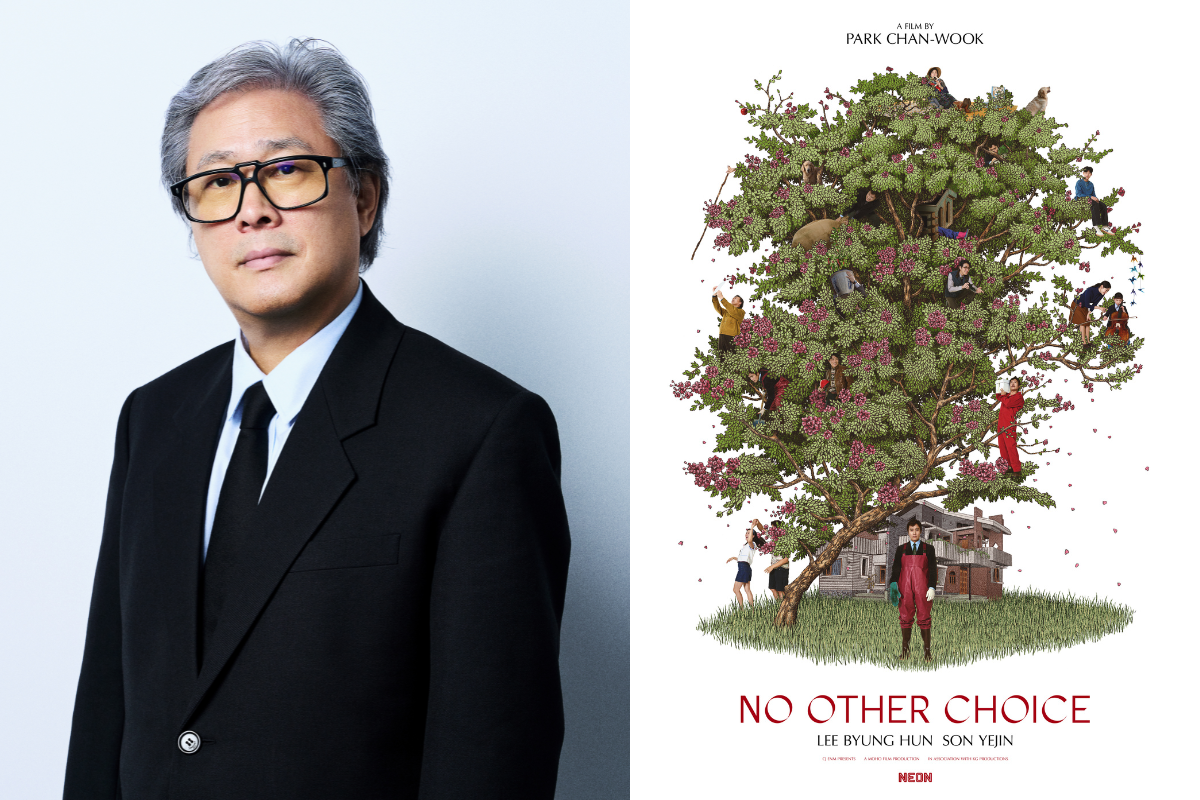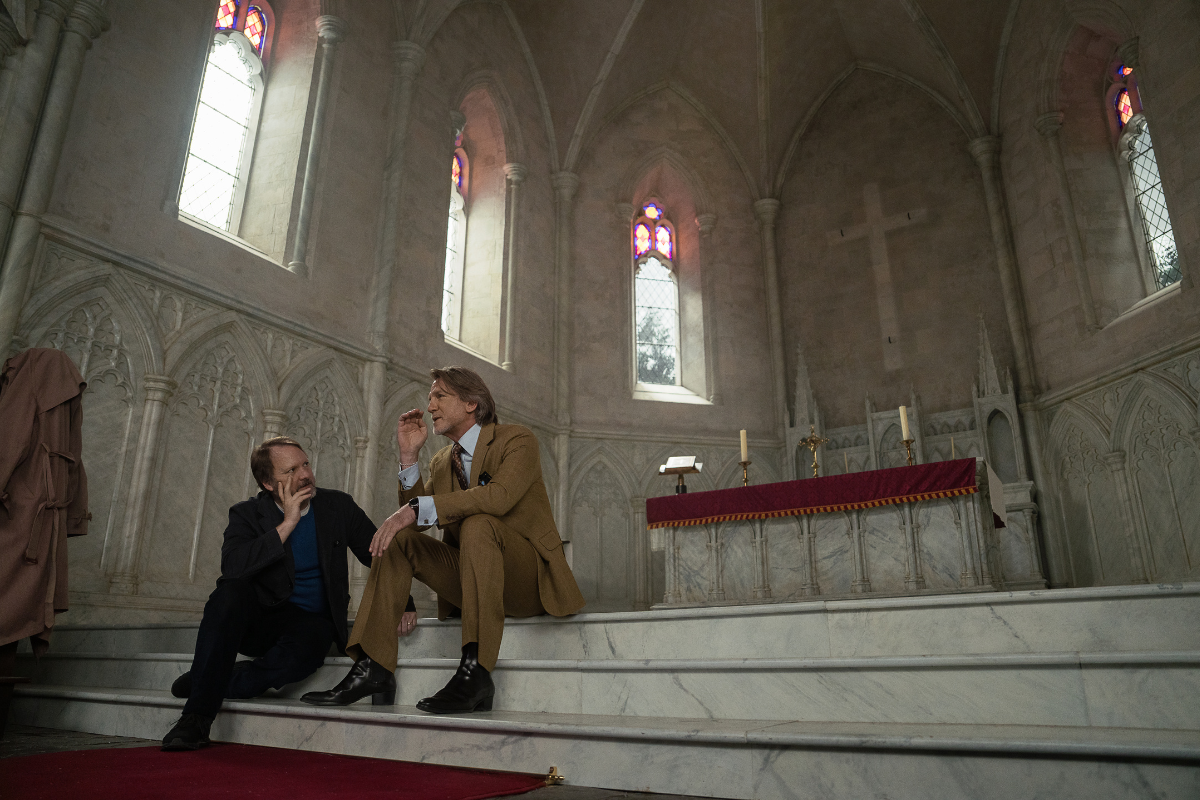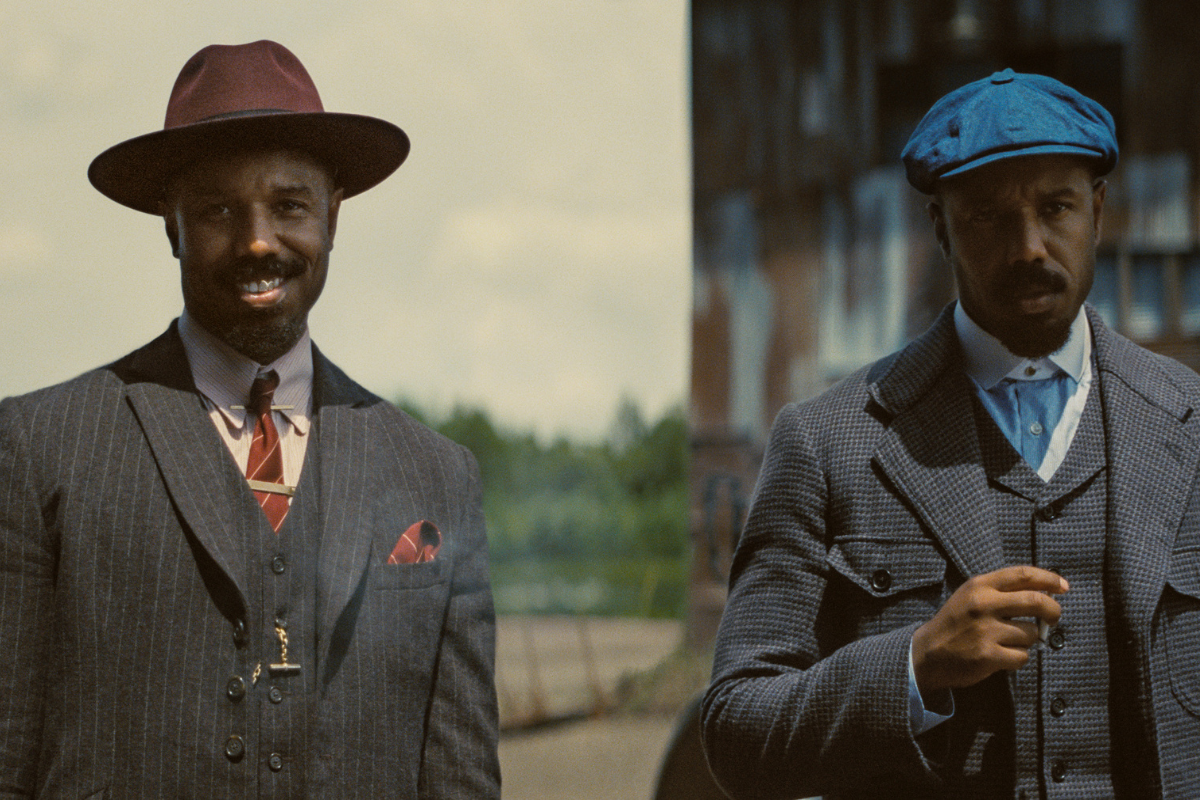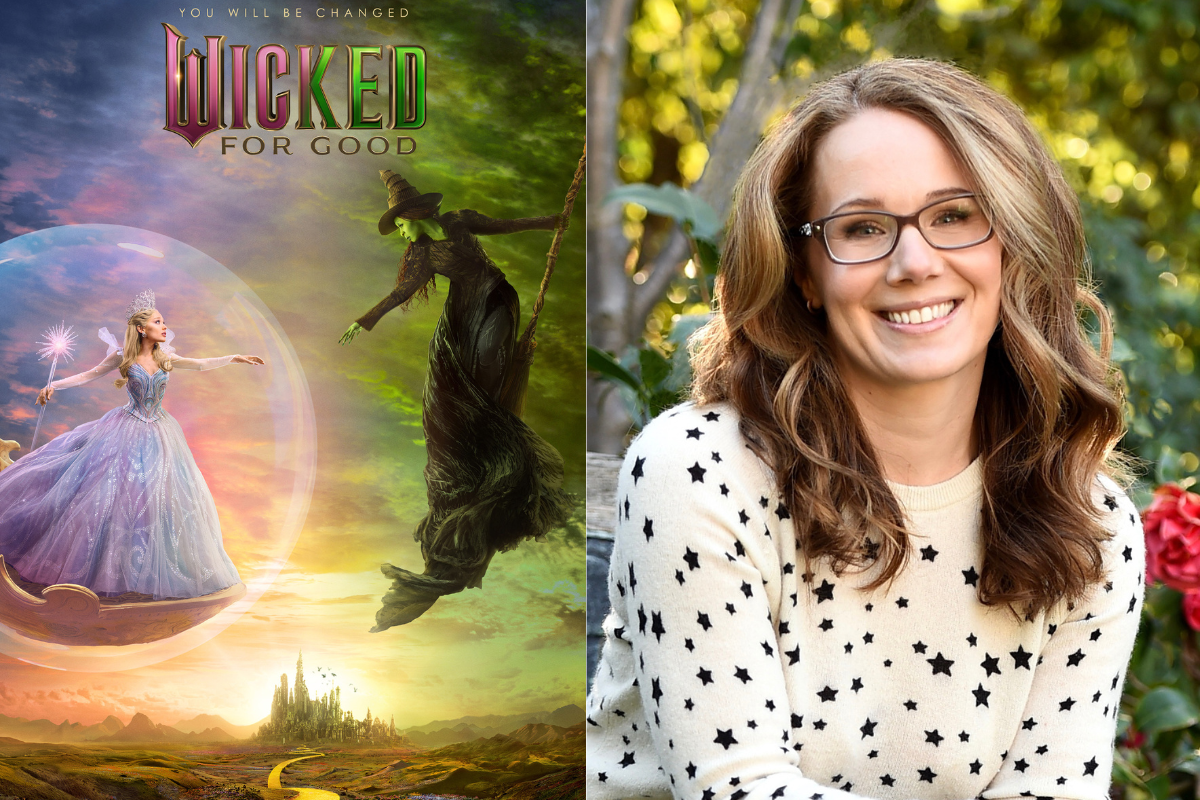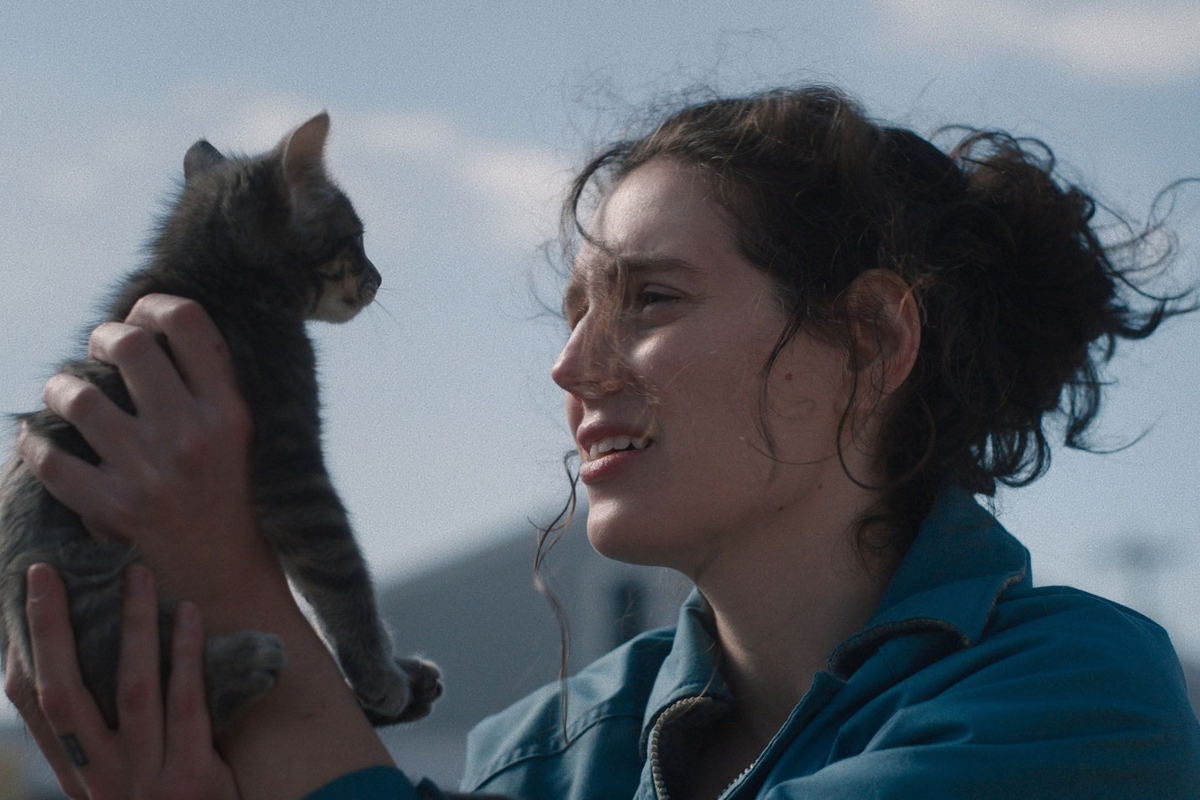‘The Tiger Rising’: Children’s Author Kate DiCamillo and Filmmaker Ray Giarratana Discuss a Story’s Flexibility and Intention
Children’s author Kate DiCamillo and filmmaker Ray Giarratana share with Script their collaboration process, how Ray’s visual effects background came into play, and the realities of adapting a book to screen.
The thought of a majestic tiger loose in the Florida woods led award-winning children’s author Kate DiCamillo to the page—and writer/director Ray Giarratana to adapt the story that followed.
The Tiger Rising, based on DiCamillo’s 2001 novel, is the fourth of her books adapted for the screen and the first feature from Giarratana, a commercial director and longtime visual effects supervisor on films such as The Life Aquatic with Steve Zissou and Godzilla: King of the Monsters. It opens today [January 21].
“I really approached it almost with fear and trembling, just trying to be respectful of Kate and her story as much as possible. And thinking of myself as a viewer, if I went to see this movie made by somebody else, what would I hope for?” Giarratana said.
The Tiger Rising focuses on Rob Horton (Christian Convery), a young Florida boy who moves to a rundown motel with his grieving father after his mother’s death. While his father works for the shifty motel owner (Dennis Quaid), Rob stumbles upon a majestic tiger caged in the woods nearby. Eventually, he tells a new friend from school (Madalen Mills) and a hotel housekeeper (Queen Latifah) about the tiger and wonders whether to set it free.
The book earned warm reviews for its symbolism and emotions. (So far, the film has not, with The Los Angeles Times noting it “isn’t as captivating as the big, beautiful cat at its center.”)
Regardless, DiCamillo said that visiting the set brought her back to scenes she’d crafted when writing it twenty years ago.
“Everything looked like I had imagined it,” she said. “It was really a very moving experience, and what Ray did is so close to my own vision. There was this wonderful moment when there was a bit of dialogue, and I said to Ray, ‘Did I write that? Or did you write that?’ And neither one of us knew which one had done it.”
Watching Someone Construct “A Beautiful Dream”
DiCamillo appreciates the challenges of adapting a work for film. Writer Joan Singleton took on the screenplay for the 2005 adaptation of Because of Winn-Dixie, DiCamillo’s breakthrough, but the author consulted on that project with director Wayne Wang (Maid in Manhattan).
“I remember sitting there and having him show me things and thinking, Well, wait a minute; the story is a lot more flexible than I thought it was. It can do lots of things. That was a wonderful lesson, that you can change things and still maintain the heart of the story,” she said.
Filmmakers have taken to DiCamillo’s other works, adapting The Tale of Despereaux as a 2008 animated film and Flora & Ulysses on streaming earlier this year. A take on her novel The Magician’s Elephant is slated to appear in 2023.
While she loves writing novels because “you have more control,” she hasn’t tried to control how others interpret her work.
“I feel like once I have told the story, it’s not mine to say, ‘Oh, no, it can’t be a movie. It has to be exactly this way.’ It’s my job to let it go out into the world, and then it’s my job to let the people who know how to make a movie make a movie,” DiCamillo said. “It’s more like I stand back and think, Well, I wonder what they’re gonna do. … It’s like watching somebody construct a beautiful dream.”
Waiting for a Tiger
DiCamillo’s Central Florida childhood inspired much of her creativity. She first wrote about the introspective Rob in a short story, but the character lingered until her mother one day told her how a tiger had escaped from a small zoo in the Sunshine State. “I thought, Oh my goodness; that’s what this boy is waiting for is a tiger.”
While Giarratana called her support “immensely flattering,” he first wondered if he had the sensibilities to take on such a project. He enjoyed writing comedy scripts. His wife, producer and visual effects executive Deborah Giarratana (Machine Gun Preacher, TV’s Loki), introduced him to literary agent Jason Dravis, who represents DiCamillo, liked Giarratana’s writing, and gave him a copy of The Tiger Rising.
Giarratana read the book on a plane. By the time the flight landed, he’d opened his laptop to jot down notes of scenes he could visualize.
“It’s the kind of movie I like,” he said. “It’s a small story with not a lot of characters and takes place over just a couple of days. Kate’s words were rich, and there were layers to the human journey in there.”
His visual effects experience and his sense of humor wound up serving the script, said DiCamillo, who often calls this particular book “my shy child and my more somber child.”
The story deals with sorrow and loss and takes a dark turn toward the end, but Giarratana found ways to lighten the mood “in a really honest and moving way,” she said, such as showing Rob’s artistic creations briefly come to life.
Intentions and Hard Decisions
Writing a script is just the first draft of a film, Giarratana added. The film takes on a life of its own during production, then is “finally written” during editing, he said.
With The Tiger Rising, he adjusted scenes on set to accommodate the “spectacular” real tiger used in several shots under the guidance of her trainer. “When he says, ‘Nah, you can’t do that,’ you think of something else, because in this regard, he’s the boss.”
Giarratana said he’s often compared a favorite book to its depiction onscreen and thought about the choices filmmakers made. “Adapting somebody’s work is hard in the sense that when we all read a book, for the most part, there are no pictures there. Our mind takes over, and we all see this in our own way from our own lenses. At some point, you have to make hard decisions,” he said.
He would think, “What was Kate’s intention emotionally? What were her intentions for the characters and the overall story?” with every scene he wrote.
That wasn’t as tough as it sounds. “When you start off with a great book, honestly, so much of the work is already done,” he said. “I’ve told Kate before, it’s her story. I really just tried to do my best not to screw it up.”
The Tiger Rising is in Theaters January 21, 2022.
Valerie Kalfrin is an award-winning crime journalist turned essayist, film critic, screenwriter, script reader, and emerging script consultant. She writes for RogerEbert.com, In Their Own League, The Hollywood Reporter, The Script Lab, The Guardian, Film Racket, Bright Wall/Dark Room, ScreenCraft, and other outlets. A moderator of the Tampa-area writing group Screenwriters of Tomorrow, she’s available for story consultation, writing assignments, sensitivity reads, coverage, and collaboration. Find her at valeriekalfrin.com or on Twitter @valeriekalfrin.


